The Unique Appeal of European Peaks
Why European Peaks Stand Out
Mountaineering in Europe offers a unique allure that captivates climbers from around the globe. The continent is home to a diverse range of peaks, each with its own distinct character and challenges. From the towering heights of Mont Blanc to the rugged terrain of the Gran Paradiso, Europe presents a playground for those seeking the thrill of high-altitude adventures.
A Blend of History and Natural Beauty
European mountains are not just about the climb; they are steeped in history and culture. The Alps, for instance, have been a magnet for explorers and mountaineers for centuries. The blend of historical significance and breathtaking natural beauty makes these peaks irresistible. Whether you're scaling the heights of Monte Rosa or exploring the routes of the Haute Route, each ascent is a journey through time and nature.
Diverse Climbing Experiences
The variety of climbing experiences available in Europe is unparalleled. From rock climbing on the crags of Mount Olympus to ski touring in the Swiss Alps, the options are endless. Each peak offers different routes and challenges, catering to both novice climbers and seasoned mountaineers. The highest mountains like Ben Nevis and Mount Triglav provide opportunities for those looking to push their limits and achieve personal summits.
Inspiration for Better Adventures
For those seeking better adventures, Europe’s peaks are a source of endless inspiration. The opportunity to climb Europe’s highest peaks, with the support of experienced mountain guides, ensures a safe and rewarding experience. Whether you're tackling the normal route of Mont Blanc or exploring the national parks surrounding these majestic mountains, the journey is as enriching as the destination.
For those who wish to experience opulence in the heart of the mountains, Europe offers not just the thrill of the climb, but also the chance to immerse oneself in the splendor of its alpine landscapes.
Preparing for the Climb: Essential Gear and Skills
Essential Gear for a Safe and Successful Climb
Embarking on a mountaineering adventure in Europe requires meticulous preparation, especially when tackling the iconic peaks like Mont Blanc, Gran Paradiso, or Monte Rosa. The right gear can make the difference between a memorable experience and a challenging ordeal. First, invest in high-quality climbing boots that provide both support and comfort for long treks and rocky terrains. A sturdy helmet is essential for protection against falling rocks, particularly on routes with loose debris.
Layering is key to managing the diverse weather conditions you may encounter. A moisture-wicking base layer, insulating mid-layer, and a waterproof outer shell are crucial for adapting to the unpredictable alpine climate. Don't forget a durable backpack to carry essentials like a first-aid kit, energy snacks, and hydration systems.
Building the Right Skill Set
While having the right equipment is vital, honing your skills in rock climbing, ice climbing, and navigation can greatly enhance your mountaineering experience. Consider enrolling in courses that cover essential techniques and safety protocols. These skills are particularly important when tackling Europe's highest peaks, where the terrain can be both challenging and rewarding.
For those new to the sport, joining a small group with a seasoned mountain guide can provide invaluable insights and ensure safety. Guides are well-versed in the best routes, whether you're taking the normal route up Mont Blanc or exploring the Haute Route in the Alps.
Time Management and Planning
Timing is everything in mountaineering. Plan your climb during the optimal season, typically from late spring to early autumn, when conditions are most favorable. Allocate sufficient time for acclimatization, especially when ascending high altitudes. A well-planned itinerary can help avoid the pitfalls of rushing, ensuring a more enjoyable and safer journey.
For more tailored advice on planning a luxurious and well-prepared climbing adventure, consider exploring a tailored itinerary that can enhance your experience.
Navigating the Challenges of Alpine Weather
Adapting to Alpine Weather in the European Mountains
The exhilarating peaks of Europe offer an aspirational playground for mountaineers, yet these lofty terrains present a unique set of challenges, particularly with the ever-changing alpine weather. Understanding the intricacies of climate patterns is crucial when embarking on a mountaineering journey across iconic ranges like the Alps. Mountains such as Mont Blanc and Gran Paradiso boast varying weather conditions, often unpredictable and severe. A calm and sunny morning can quickly turn into a tempestuous afternoon, making it vital to be prepared for any eventuality. Here are a few key considerations when navigating the alpine weather:- Layered Clothing: Adopt a strategy of wearing multiple layers, which allows for versatility in adjusting to fluctuating temperatures and sudden weather shifts.
- Gear Check: High-quality waterproof gear is essential. Make sure your equipment, including climbing and rock climbing gear, can withstand the trials of snow, rain, and wind.
- Understanding Weather Reports: Familiarizing yourself with weather forecasts and how they might affect your route is a necessary precaution. Reliable apps and local Alpine weather services provide updates that are vital for planning your climb.
- Communication Devices: Consider packing portable communication devices to stay informed about weather updates. They can be lifesavers when visibility is low, or conditions significantly worsen.
The Role of Local Guides and Expertise
Local Knowledge and Skilled Professionals
The role of local guides in European mountaineering cannot be overstated. Their expertise is indispensable when navigating the complex terrain and unpredictable weather conditions inherent to Europe’s highest peaks. Whether embarking on a climb on Mont Blanc or exploring the rock faces of the Ecrins, these guides are essential parts of your ascent.
Local guides, with their extensive experience, are intimately familiar with the routes and nuances of each mountain, from the Haute Route through the Alps to the normal routes on more remote peaks like Gran Paradiso. They provide an invaluable layer of safety and assurance, understanding the specific challenges each climb presents.
When joining a guided small group for ski touring or mountain climbing, the insights and decisions made by your guide can transform a demanding climb into a better adventure. They offer tailored advice on techniques and climbing skills, ensuring climbers are prepared for the high altitudes and technical aspects of sport climbing. It's a symbiotic relationship that underscores the importance of trust and communication.
Furthermore, hiring a local expert promotes sustainable and responsible climbing by supporting communities living in the shadow of Europe's majestic mountains. Engaging a knowledgeable guide not only enriches your mountaineering experience but also ensures the exquisite landscapes of Europe are preserved for future generations of explorers.
Sustainability and Responsible Climbing
Embracing Responsible Practices in Mountaineering
As climbers set their sights on the majestic peaks of Europe, from the towering Mont Blanc to the rugged heights of Monte Rosa, it's crucial to consider the impact of mountaineering on these natural wonders. The allure of reaching the highest peak, whether it's the renowned Gran Paradiso or the challenging Ben Nevis, comes with a responsibility to preserve these environments for future adventurers.
Responsible climbing involves more than just scaling a mountain; it's about ensuring that the beauty of these peaks remains unspoiled. Many national parks, such as those encompassing the Alps and the Haute Route, have established guidelines to minimize human impact. These include sticking to designated routes, reducing waste, and respecting local wildlife.
Guidelines for Sustainable Climbing
- Leave No Trace: Carry out all trash and avoid leaving any markers or graffiti on rocks.
- Respect Wildlife: Keep a safe distance from animals and avoid feeding them, as this can disrupt their natural habits.
- Stay on Trails: Use established paths to minimize erosion and protect fragile vegetation.
- Travel in Small Groups: Smaller groups have less environmental impact and allow for a more intimate experience with nature.
Incorporating these practices not only preserves the natural beauty of these mountains but also enriches the climbing experience. Whether you're tackling the normal route up Mont Blanc or embarking on a ski touring adventure in the Alps, responsible mountaineering ensures that these breathtaking landscapes remain pristine.
The Role of Local Communities
Local communities play a vital role in promoting sustainable climbing practices. Mountain guides, often deeply connected to the land, provide invaluable insights into the cultural and ecological significance of these regions. By hiring a mountain guide, climbers not only gain expertise in navigating challenging terrains but also contribute to the local economy, supporting efforts to maintain these natural environments.
As you plan your next adventure, whether it's rock climbing in the majestic Alps or a hike up Mount Olympus, remember that each climb is an opportunity to practice sustainability. By prioritizing responsible climbing, we can ensure that the mountains of Europe continue to offer better adventures for generations to come.
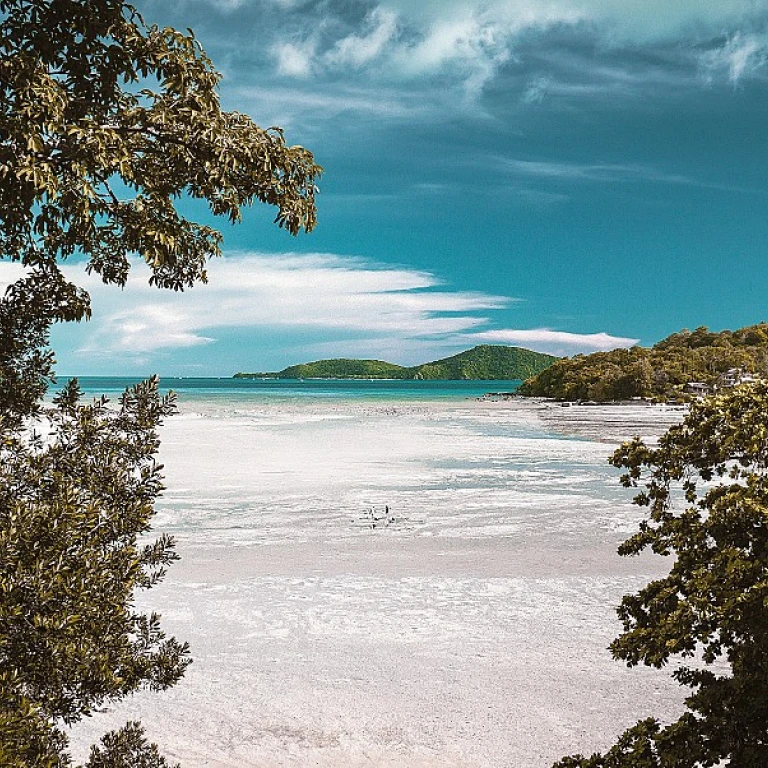
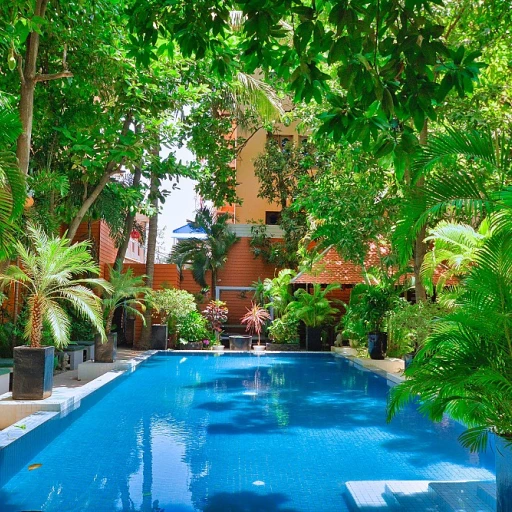




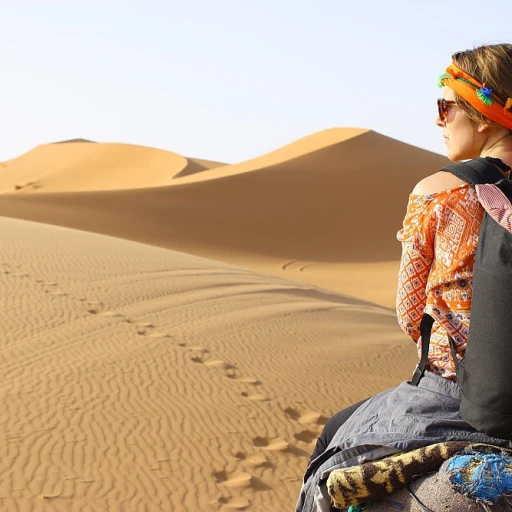


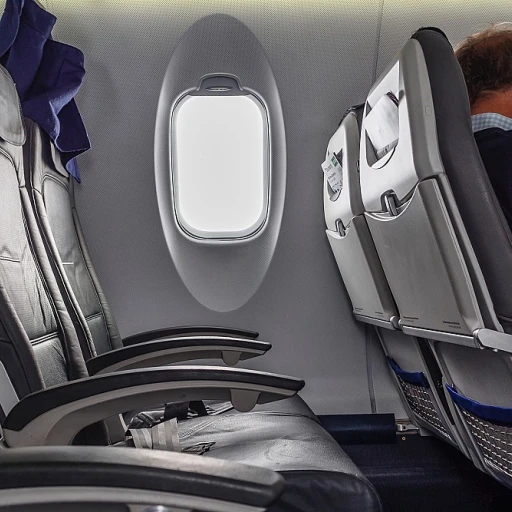
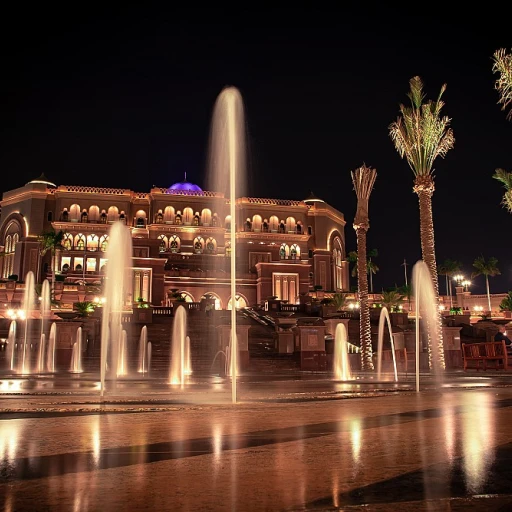
-large-teaser.webp)